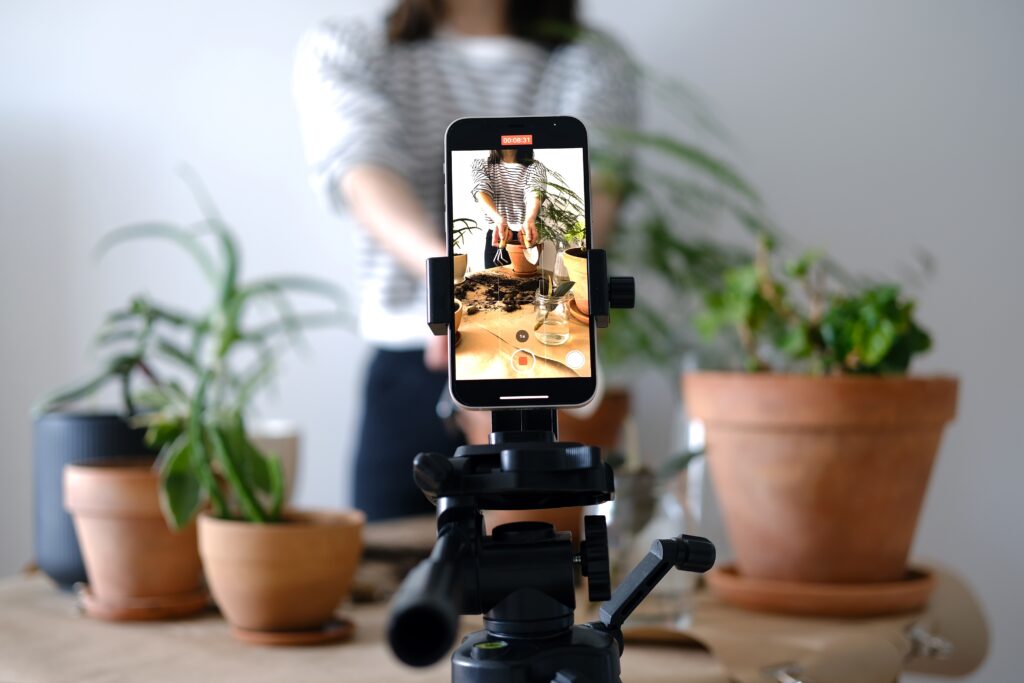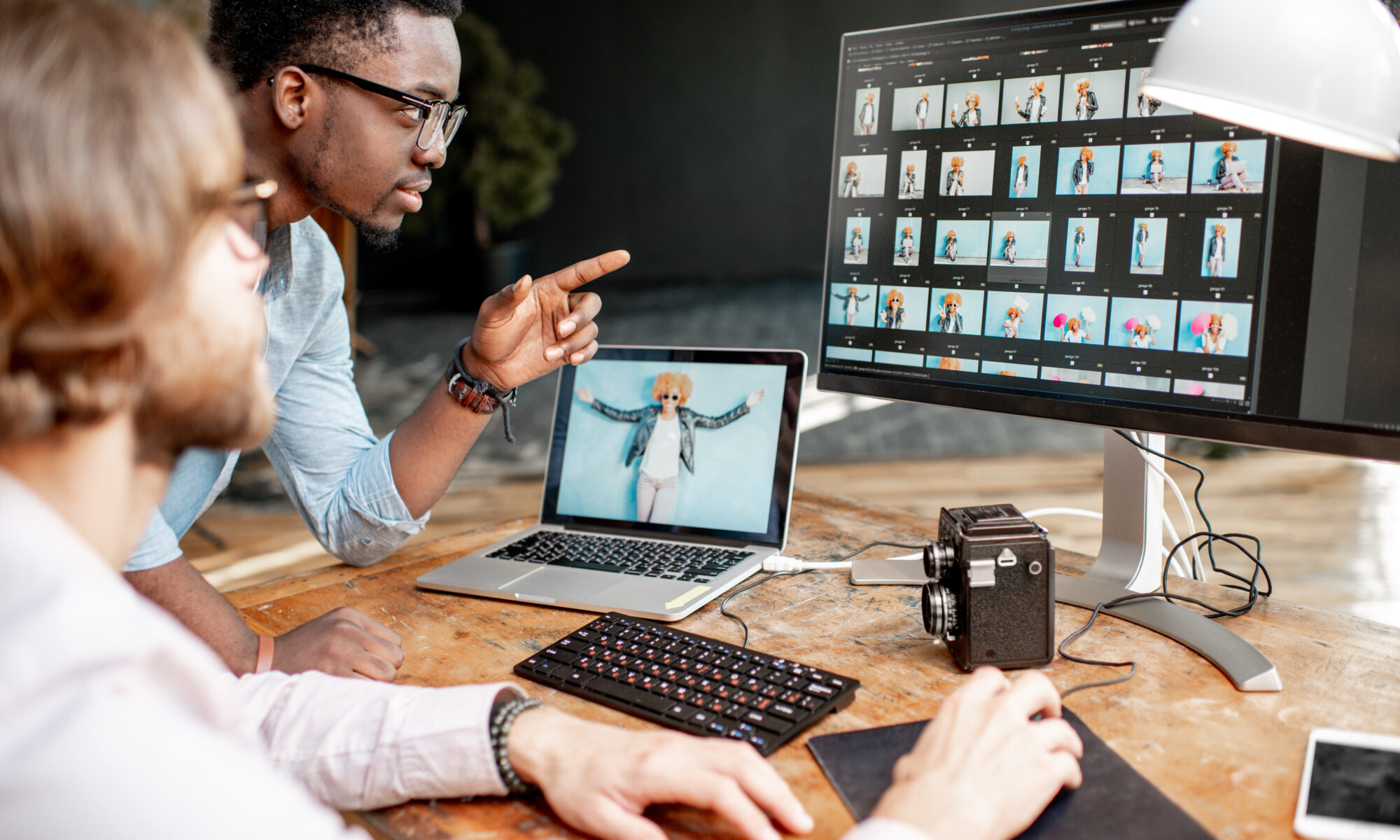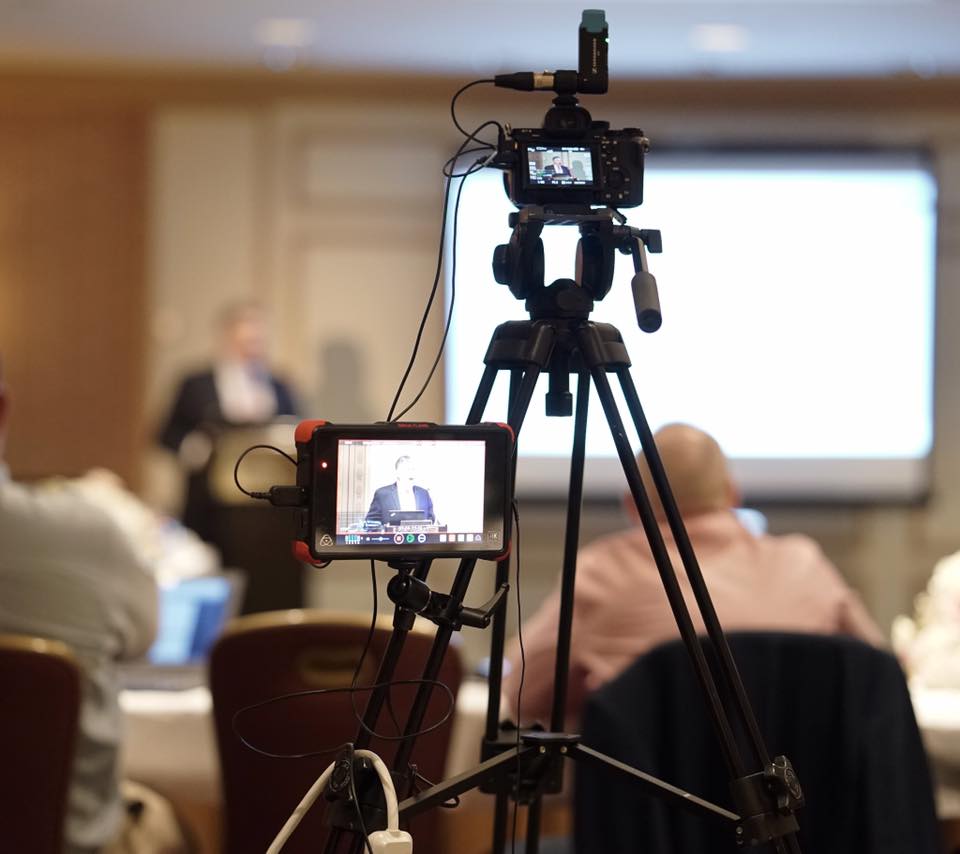Video production has been on the rise in the last decade, mainly due to the overwhelming need for video content across many social media platforms. Today, there are many video formats and they all do vary in their codec quality, file size, and aspect ratios. The best quality codec is not always the best format for all social media platforms. In this article, I am going to look at different formats and sizes and how they are currently used in social media distribution.
Understanding Video Aspect Ratios for Social Media
In the world of social media, video content is king, but using the right aspect ratio can make or break engagement. Aspect ratio refers to the proportional relationship between a video’s width and height. Different platforms favor specific ratios to optimize viewing experiences. Here’s a breakdown of the most common ones and where to use them.
1. 16:9 (Widescreen)
– Best for: YouTube, Facebook, Twitter, LinkedIn
-Use case: Sta
2. 9:16 (Vertical)
– Best for: TikTok, Instagram Reels, YouTube Shorts, Facebook Stories
– Use case: Designed for mobile-first consumption, making it ideal for full-screen, immersive experiences.
3. 1:1 (Square)
– Best for: Instagram Feed, Facebook Feed, LinkedIn
– Use case: Great for balanced framing, drawing attention on mobile and desktop feeds.
4. 4:5 (Portrait)
– Best for: Instagram and Facebook Feed
– Use case: Takes up more screen space than a square video, improving visibility and engagement.
5. 2:3 (Tall)
– Best for: Pinterest, Instagram
– Use case: Works well for posts where vertical framing enhances the subject.

Choosing the Right Aspect Ratio
When creating content, consider where your audience will be watching. Widescreen is best for in-depth videos, while vertical and square formats work well for quick, engaging mobile content. Using the correct aspect ratio ensures your video looks professional and performs well across platforms.
Understanding Different Video Formats for Social Media Posts
In today’s digital age, video content is an essential tool for engaging audiences on social media. However, choosing the right video format is crucial to ensure compatibility, quality, and optimal performance on different platforms. Let’s explore the most common video formats and their ideal uses for social media posts.
1. MP4 (MPEG-4 Part 14)
MP4 is the most widely used video format, offering high-quality compression and compatibility across almost all social media platforms. The compression standard that is most popular for internet posting is H.264, as it maintains a good balance between quality and file size, making it ideal for platforms like Facebook, Instagram, TikTok, Twitter, and LinkedIn.
Best for:
-General social media posts
-Advertisements
-Stories and reels
2. MOV (Apple QuickTime Movie)
MOV files are known for high quality and are commonly used for professional video editing. This format preserves the color quality achieved during video editing and color grading. Although they are supported by platforms like Facebook and Instagram, their larger file size can be a drawback for online use unless compressed properly. Therefore, once uploaded to social media or Youtube, this higher quality format will be compressed internally to h.264 within the platform.
Best for:
-High-resolution video for LIVE projectors (film festivals)
-Professional content for TV or streaming platforms
-Editing before converting to MP4 for sharing
3. AVI (Audio Video Interleave)
AVI files, developed by Microsoft, provide high-quality video with minimal compression. However, their large file sizes make them less ideal for social media uploads. Some platforms may require conversion before posting.
Best for:
-Archival or raw footage before compression
-High-quality storage and editing
4. WMV (Windows Media Video)
WMV files are optimized for Windows devices and offer good quality with smaller file sizes. However, they are not as universally supported on social media platforms compared to MP4. This format is essentially being phased-out.
Best for:
-Windows-based video sharing
-Email-friendly video clips
5. FLV (Flash Video)
FLV was once a dominant format for online video streaming, but it has declined in use due to the rise of HTML5. Some platforms, like YouTube, previously supported FLV, but MP4 is now the preferred choice. Some Older video content that was previously used for Flash players might still use the FLV format.
6. WebM (Web Media File)
WebM is designed for web-based applications and is used by platforms that support HTML5 video, such as YouTube. It provides high-quality video at smaller file sizes, making it great for fast loading.
Best for:
WebM is designed for web-based applications and is used by platforms that support HTML5 video, such as YouTube. It provides high-quality video at smaller file sizes, making it great for fast loading.
Best for:
-YouTube streaming
-HTML5-based video content
7. GIF (Graphics Interchange Format)
GIFs are short, looping video clips often used for memes, reactions, and quick animations. While they lack audio, they are widely used across social media for engaging, fun content.
Best for:
-Short, looped clips
-Social media memes and reactions
Choosing the Right Format for Each Platform
Different social media platforms have specific requirements and recommendations for video formats:
Facebook & Instagram: MP4 (preferred), MOV (supported)
Twitter (X): MP4 (H.264 codec), MOV
TikTok: MP4 (preferred)
YouTube: MP4 (preferred), WebM, MOV, AVILinkedIn: MP4 (preferred), MOV
Conclusion
Selecting the right video format for social media is essential to ensure quality, compatibility, and optimal performance. MP4 remains the best all-around choice, but understanding other formats can help tailor content to specific needs. By choosing the right format, content creators can maximize engagement and reach a broader audience effectively.






